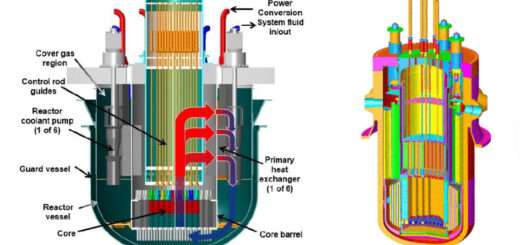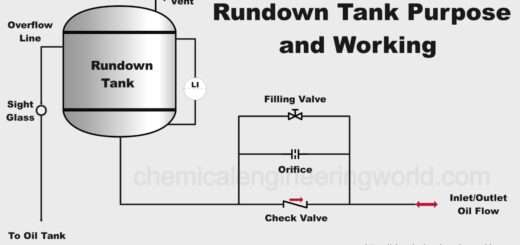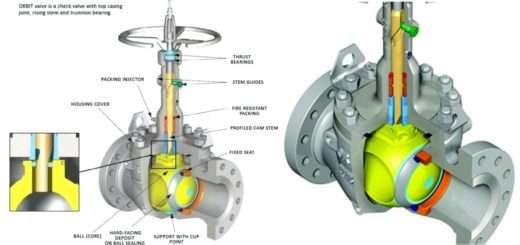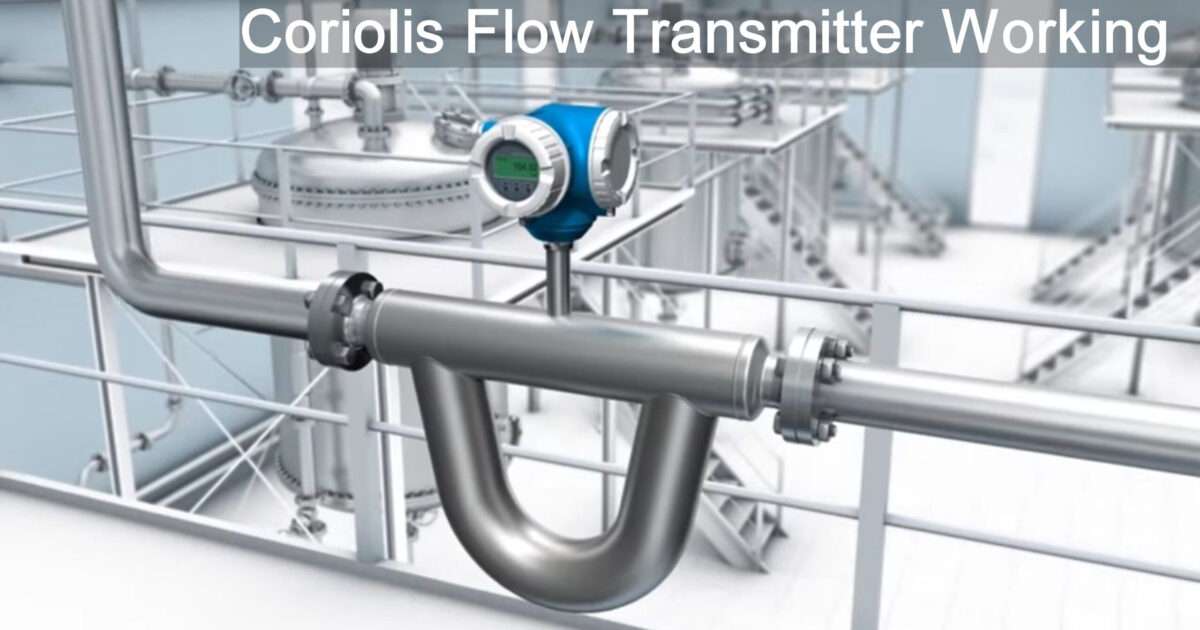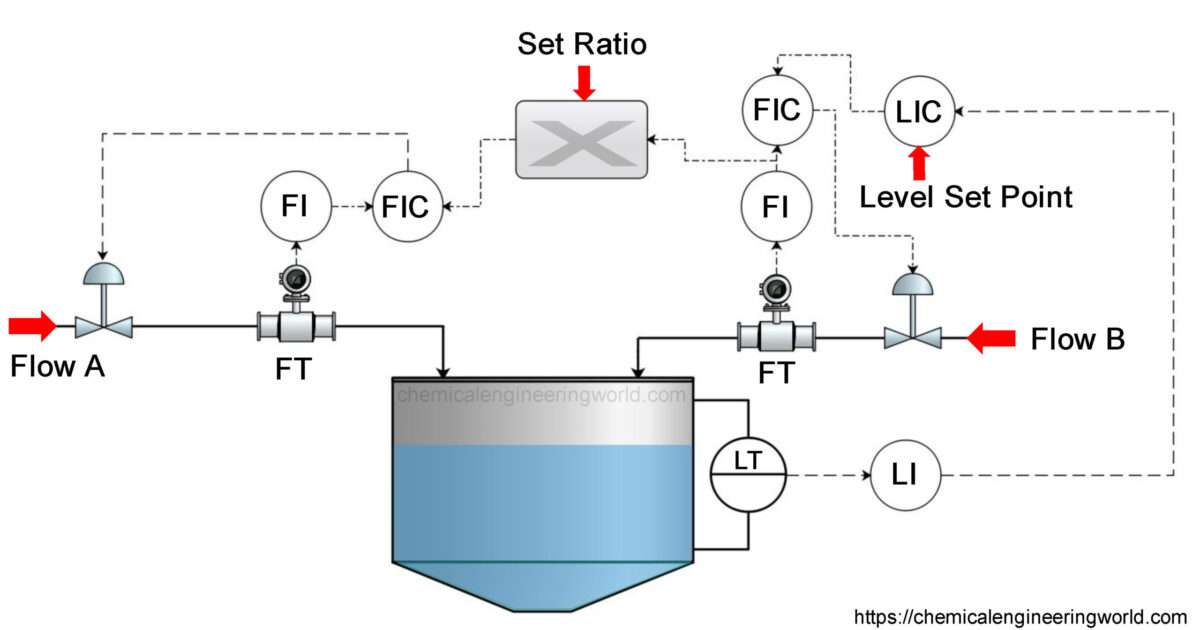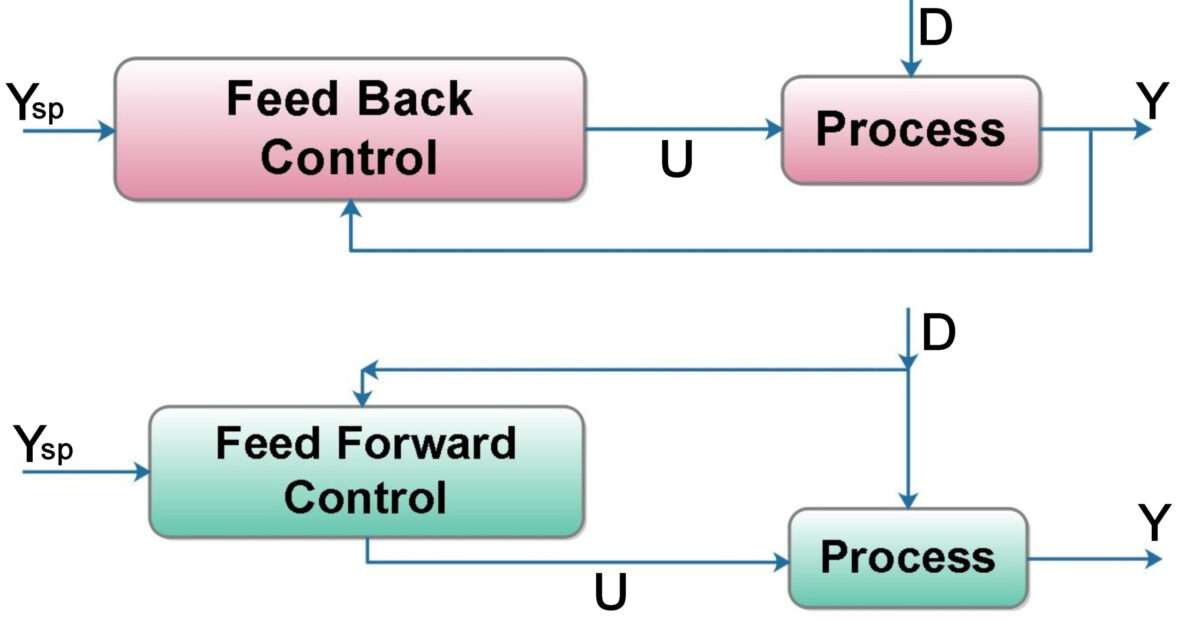Blast Furnace and Process Description
Blast Furnace and Process Description :- Iron blast furnace is a vertical shaft, which is used to melt the iron ore and to produce hot metal by heat exchange and chemical reaction. The burden charge consisting of iron oxide, flux and coke and it provides through the throat from the top of the furnace.
Blast Furnace
The iron oxide is reduced to hot metal by receiving heat from the ascending hot blast (oxygen, nitrogen) and injection (oil/pulverized coal) supply from the bosh region. Below the throat, there is an increase in diameter to some extent known as the shaft after which the furnace maintains a constant diameter cylindrical section known as the belly.
Just below it, there is a decrease in diameter known as bosh region, where the blast enters the furnace through the surrounding tuyeres. A tuyere is a cooled copper conical nozzle having 12 numbers of tuyeres in small furnaces and up to 42 in bigger furnaces.

The preheated air (1000–1300 °C) is blown through it. The oxygen of the blast burns coke to CO and several combustion zones, one in front of each tuyere, exist in the tuyere zone. The hearth zone is the bottom-most region, where the hot metal and slag are stored.
The inside volume of the blast furnace is divided into different zones according to the physical significance and the chemical reactions occurring inside the furnace The top portion of the furnace is named as lumpy zone; burden enters and stacks layer by layer as solid.
The reduction of the iron oxide takes place in the cohesive zone. Hematite (Fe2O3) is converted into magnetite (Fe3O4), subsequently to wüstite (FexO) by the ascending reducing gas containing carbon monoxide, producing carbon dioxide as reaction product.
The iron ore begins to soften and melt in the cohesive zone and at the lower end iron melts and disperses through the solid coke layers. Below the cohesive zone the raceway starts: here, the coke is burnt to carbon monoxide, which consists of oxygen and some inert nitrogen.
At the center of the bosh lies closely a packed stack of unreacted coke known as the dead-man zone. The last zone is known as hearth zone where slag floats on the surface of the hot metal and is separated away. A schematic diagram of a blast furnace is shown in Fig. 1.

Process Description
In the upper part of a hearth about half meter below the edge of the bosh, opening
spaces are provided throughout the periphery of the hearth through which heated air is blown by means of the tuyeres. The hot blast gasifies coke and other carbon-based materials injected through the tuyere, which are usually coal, natural gas, and oil.

In this process, the oxygen in the blast is transferred into gaseous carbon monoxide. Coke (Ck) which together with other raw materials descends from the throat into the hearth and comes in contact with the hot blast in the oxidation zone in front of individual tuyeres, where intensive combustion of the coke carbon takes place.
Ck + O2 _ CO2
As there is surplus carbon in the hearth, carbon dioxide is reduced to carbon monoxide. Carbon monoxide, thus, always escapes from the oxidation zones as a
product of coke combustion.
Ck + CO2 _ 2CO
In areas with lack of oxygen, the carbon of coke is burnt imperfectly to CO.
Ck + 0.5O2 _ CO
The raw materials iron ore, coke, and limestone is charged into the furnace from the top through the throat. The iron oxide (ore) Fe2O3 is reduced mainly by the ascending CO. The reduction of the iron ore takes place and is converted into final hot metal.
Fe2O3 ⇒ Fe3O4 ⇒ FexO ⇒ Fe
The layered structure of raw materials forms inside the shaft, which consists of ore, flux, and coke, which are melted, in the lower part of the furnace and burden layers gradually move downward. The burden distribution plays an important role for smooth operation of the furnace. The charging equipment manipulates the burden distribution. Modern equipment gives better option for the distribution of burden effectively.

